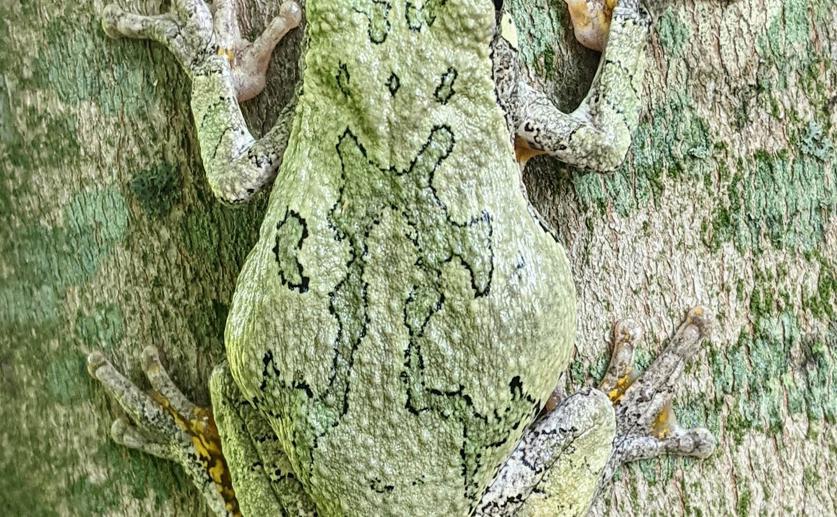
Widespread Frog Numbers Drop in Farming Areas
Jenn Hoskins
21st March, 2024

Key Findings
- In rural Western France, spined toads are less common in ponds near intensive farms
- The toad population is declining in farmlands, challenging beliefs about their resilience
- The study suggests modern farming may be harming species once deemed farm-tolerant
References
Main Study
1) Population declines of a widespread amphibian in agricultural landscapes.
Published 18th March, 2024
https://doi.org/10.1007/s00114-024-01905-9
Related Studies
2) Nicosulfuron, a sulfonylurea herbicide, alters embryonic development and oxidative status of hatchlings at environmental concentrations in an amphibian species.
3) Aminomethylphosphonic acid (AMPA) alters oxidative status during embryonic development in an amphibian species.
4) Agrochemicals disrupt multiple endocrine axes in amphibians.
5) Potential pesticide exposure during the post-breeding migration of the common toad (Bufo bufo) in a vineyard dominated landscape.



 26th January, 2024 | Mary Jones
26th January, 2024 | Mary Jones